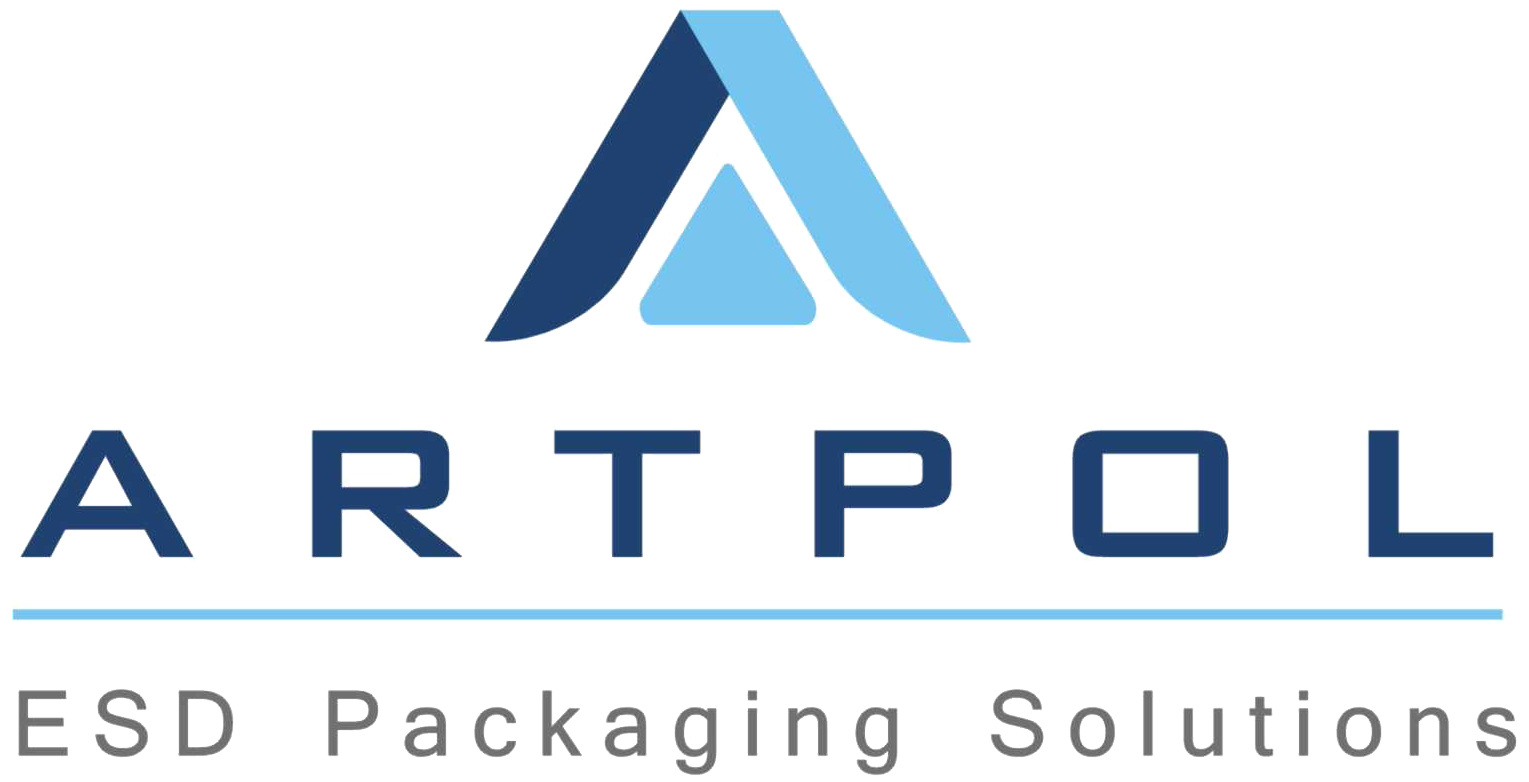
New laboratory at Artpol ESD Packaging Solutions
Quality Management System is the basic element of all projects and processes in an enterprise. Since 2011 Artpol uses a Quality Management System (ISO 9001:2015) awarded and audited by an accredited TUV certification body.
To continue growth in terms of providing quality required by a wide variety of clients creating an internal quality assurance department and laboratory was necessary. Artpol’s laboratory is an innovative “smart” solution which can be used to conduct carefully controlled measurements of antistatic parameters of ESD packaging produced at Artpol. Smart climate control allows for setting and maintaining temperature and humidity.
Shortly about the devices used in our lab
1) Climatic chamber – allows for ESD products measurement and observation of changes occurring within the surface resistivity of the product, as well as physico-chemical changes of the materials. Climatic chamber has humidity settings ranging from 5% to 70% relative humidity in temperatures from 3°C to 60°C.
2) ESD measuring device – Metriso 2000 meter equipped with a ring electrode allows to measure surface and volume resistivity of antistatic ESD packaging.
3) ESD measuring device – electrostatic field meter allows for field and electric potential measurements. Field intensity (V/m) is automatically converted to electric potential (V) if proper distance from the measured object to the meter is maintained.
5) Vacuum sealing device – allows for testing of seals in shielding packaging (Moinsture Barrier Bag ESD/EMI (MBB)), as well as testing tightness of the vacuum seal. Device used by Artpol is commonly used in the electronic industry.
5) Additional measuring devices – micrometers, magnifiers, tape measures, chemical reagents for testing the surface resistivity and many more.
The oversight for the lab processes and quality assurance system is provided by our qualified personnel with help from an integrated tool system built using the SixSigma and Lean Manufacturing methodologies:
– SPC (Statistic Process Control) – program monitoring deviation in measurements of products;
– 5 Why – an iterative interrogative technique used to explore the cause-and-effect relationships underlying a particular problem;
– Ishikawa diagrams – used to identify potential factors causing an overall effect;
– Poka yoke – a methology for identifying and minimising the effects of human errors, directly lowering the chance of defects occurring.
What is most important for us, though, is that implementing the tools mentioned above directly influences our ability to create antistatic ESD products fitting our clients’ needs.
